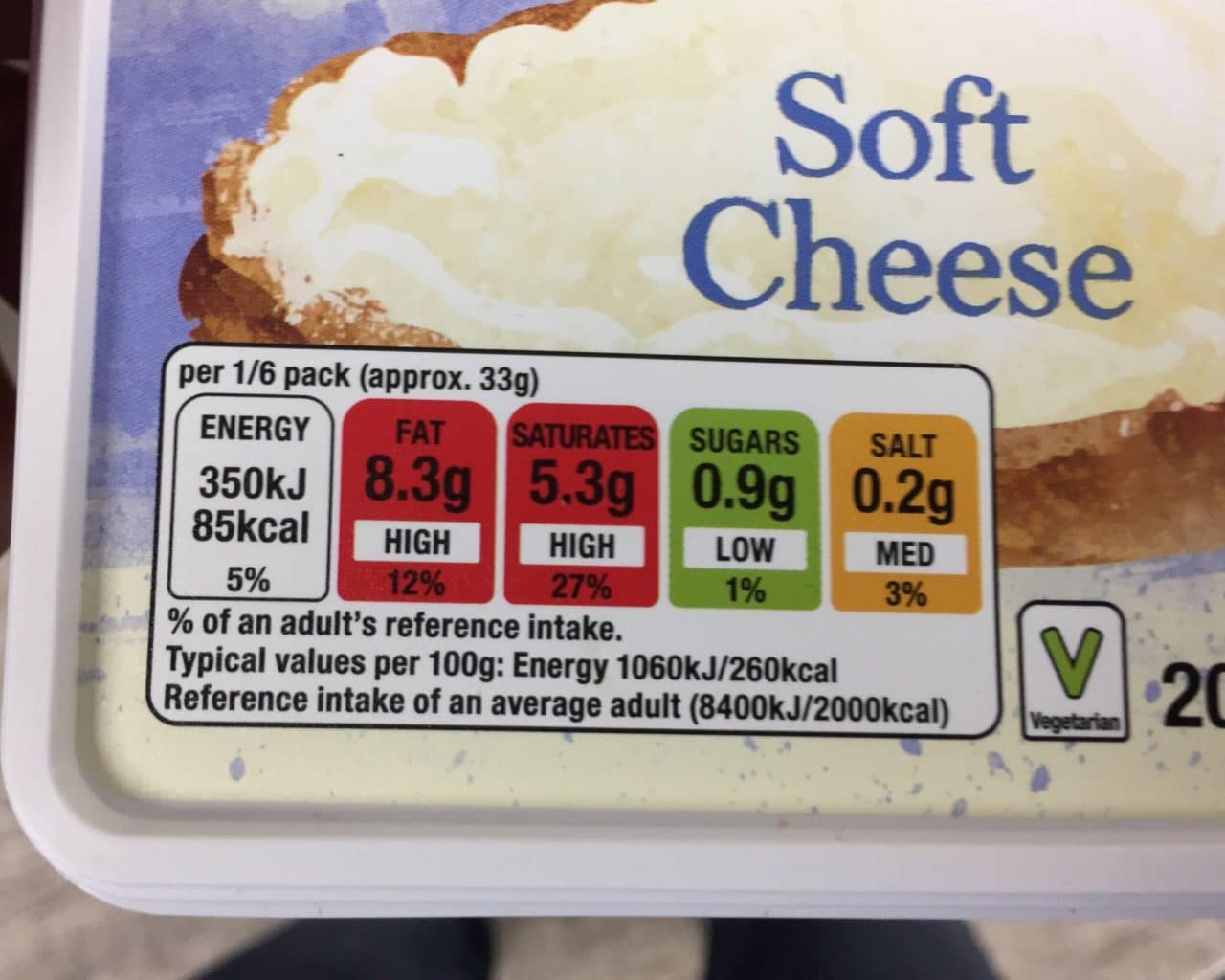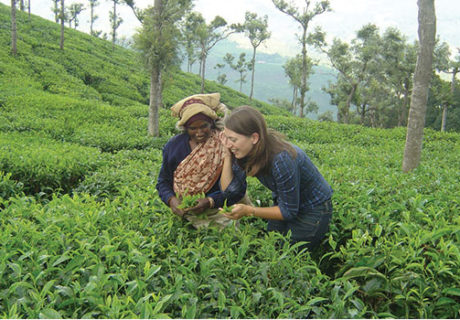As ‘traffic light’ nutrition labels come under close scrutiny in Europe and the UK, a new study suggests they can sway consumers towards healthier food options.
A small joint-study by the University of Bonn and the Ohio found that colour-coded labels “significantly increased” health choices. The researchers told nutraingredients.com that the traffic light-style labels “increased sensitivity to health and decreased the weight on taste” among the 44 participants and therefore “proved to be effective in altering the valuation process (toward) healthier, goal direction”.
Publication of the Bonn/Ohio study comes as France launches a very large study to test four different nutrition labelling styles. Other than the difference in size (the French study involves 2 million labelled products ), this latest study will be carried out in real-life conditions in four different supermarket chains, and four separate geographic regions.
At the same time, a group of MEPs has backed Italy over its challenge to the current UK voluntary scheme of colour-coded nutrition labelling, which it says breaches EU law and is a barrier to trade.
The MEPs are concerned that colour-coded labels may be hitting sales of certain food products. It’s a concern that has been raised by parts of the UK natural food trade. Here, the assertion has been that a “simplistic” labelling system demonizes certain, high-quality traditional foods that are inherently – and naturally – high in salt or saturated fats, and discourages informed and adult decision-making.
The Prime Minister, Theresa May, has specifically highlighted food labelling as one of the areas where the UK “will have the freedom to make our own decisions”. However, the Food Standards Agency has been, to date, a strong supporter of traffic light labelling.





